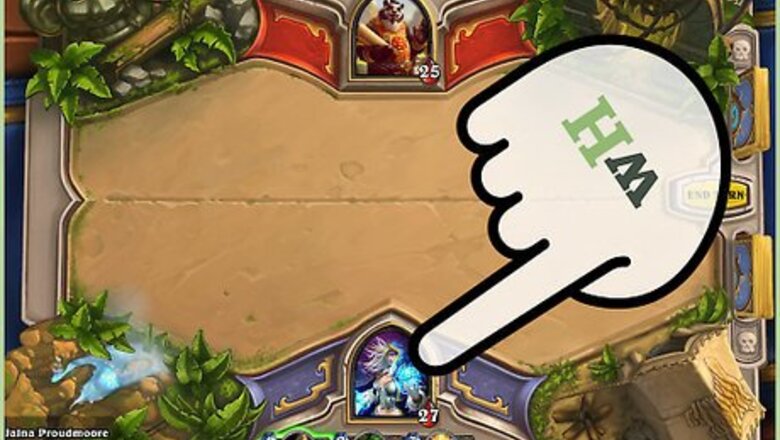
views
Understanding the Mage Class
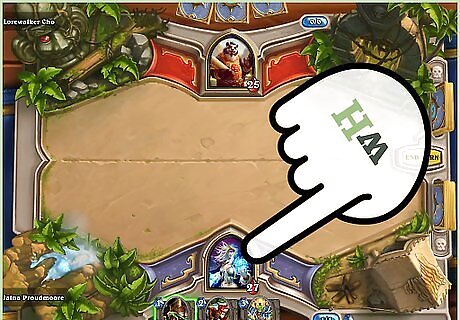
Learn the Mage class basics. Before you begin building your Mage deck, it is important to take the time to really understand how the Mage class works. The Mage class has a couple of roles that they can take on: The Mage’s hero power is the ability to do one damage to anything on the board, including minions or heroes protected by minions with taunt applied. It can also be used to remove Divine Shield on an opponent’s minion. The mage deck has some of the most powerful direct damage spells in the game. For example fireball will do six direct damage to a player or minion and only costs four mana crystals. The Mage deck is perfect for the beginner because it is considered a mid-cost deck. This means the cards available usually cost between 2-5 mana, but are powerful enough to combat both the decks that fill the field with lots of minions at low cost and those that focus on minions with high costs and powerful abilities. You can create a powerful Mage deck using only the cards granted to you for free simply by playing through the tutorials and leveling up the hero. The mage class is also considered a control class. The Mage can effectively control the board by using spells to systematically take out the opponent’s minions and do direct damage to the player, leaving the opponent no way to block your own minion’s attacks.
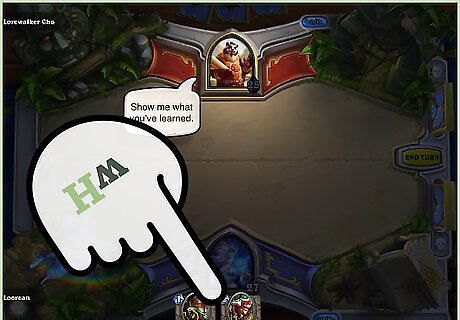
Open the Deck Building Screen. Click the My Collections button on the bottom of the opening screen. You will then be taken to the create a deck screen. On the right hand side choose New Deck.
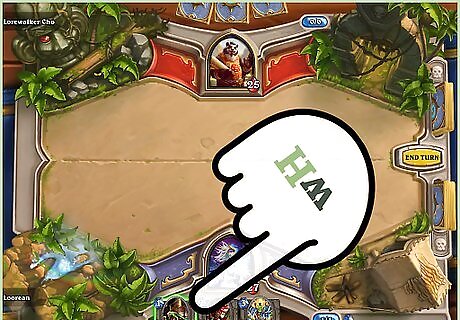
Choose the Mage Class. This will take you to the next screen where you will be able to view the mage class cards and neutral class cards. At the top of this screen you will see either a drop down menu on the mobile platform or tabs on the PC version which allow you to switch between the class specific cards and the neutral cards.

Examine the cards available. It is vitally important that at this point you take the time to carefully look at the available cards. A good strategy is not only to look at the cards you have available right now but also to click the crafting button at the top of the screen to see all possible cards that you could get or craft for that deck. This will show you how you can enhance the deck you are building in the future. Take the time to note how the cards you have interact with one another. For example, using a minion card with a plus to spell power ability will enhance the damage of your spells according to the number listed on the card.
Building the Deck
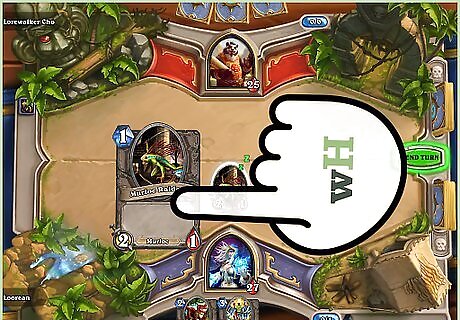
Choose your strategy. Choosing a strategy is important before you start building your deck. Do you want to deal copious amounts of damage? Do you want to attack your opponent’s minions or the player directly? Do you want to focus on defense? The choice is yours but keeping this in mind when building will help you build a solid deck. A direct damage deck deals primarily with high-power spells like Firebolt and using the hero power to do damage directly to the player. As you increase in power and gain more Mage cards, you will incorporate spells that wipe the board of most minions (including your own). Once the board is clear, use the spells in your hand to take your opponent’s hero down to low health in a single turn. A defense deck uses cards like Ice Barrier, Frost Nova, and Vaporize to incorporate a game-play strategy called turtling. Turtling is where the player uses high defense abilities to make it difficult to attack them. This strategy is not recommended for new players because it is easily defeated by players who have more experience with the game and is often seen as a tactic used by inexperienced players. A summoner deck focuses on creating minions and overwhelming the opponent. Unlike the direct damage and area of effect decks, the summoner will strive to keep minions alive. You must consider the abilities of minions and complement them with spell card choices. An excellent example is playing the Ethereal Arcanist and a secret in the same turn.
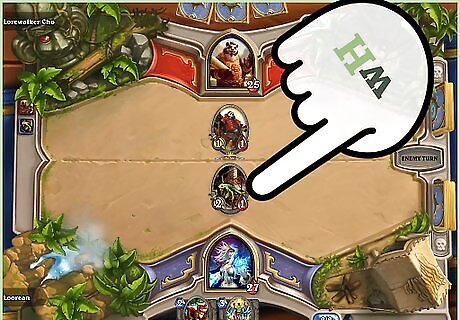
Start with Mage-specific cards. Now that you have a strategy in mind, start building your deck around that strategy. Choose cards that focus on your goal but remember to keep a good balance. If you chose to go the direct damage route, be sure to add in minions to block the attacks of your opponent and buff the spells in your hand. Some good choices are: The Dalaran Aspirant, a few Mana Wyrms, the Sorcerer’s Apprentice, and the Fallen Hero. If you decided that a defensive strategy is best for you, be sure to add in some damage spells as well. Blizzard and Cone of Cold are excellent additions to a defense deck. With a summoner deck be sure to complement your minions with spells and abilities. An excellent example is playing the Ethereal Arcanist paired with a secret card. Each turn you have a secret in effect at the end of your turn, the Ethereal Arcanist will gain a +2 to health and damage. This will continue to increase as long as you have a secret.
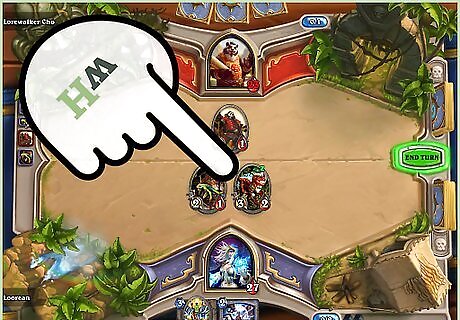
Add in neutral cards to fill out the rest of the deck. Once you have added the Mage class cards to your deck that work with your strategy fill out the following slots with neutral cards. The cards you have available to you will depend on how many you have unlocked playing the game. Choose cards that will work well with the mage class. Some good choices are those with a bonus to spell power or have the ability to increase your hand size by drawing cards.
Testing the Deck
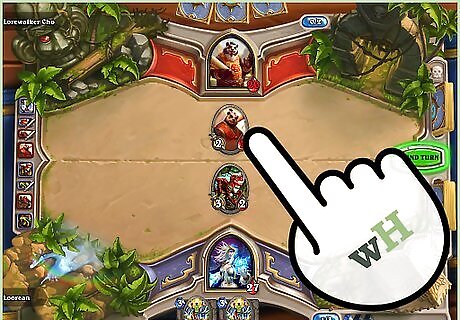
Play your deck against the Innkeeper. Now that you have built your deck, you will want to get in a little practice with it. Try taking on the Innkeeper in Practice Mode. You will be able to test out your deck against all the classes in this mode and see what it is strongest against. While playing in this mode you will have the opportunity to level up your Mage class and possibly unlock new Mage cards.

Play your deck against players in Play Mode. Once you have a good indication of how your deck plays against the different classes it is time to take on other players. While the AI in Practice Mode will give you an indication of how the deck plays against the standard strategies of the other classes, playing against players will show you how it holds up against advanced tactics. Playing ranked matches will also increase your player skill using your new deck. These matches will be against players of similar rank and skill, and as your rank increases so will the players’ ranks you play against. These modes also will grant you XP with your class and unlock additional cards as you continue to play.

Fine tune your deck. After you have played both the AI and other players with your deck, return to the deck building screen and fine tune your deck. By this point you should know the strengths and weaknesses of your deck and how it plays against different classes. You may have unlocked new cards while testing and should look them over to see if they would be good substitutes for cards you found were not suited to your strategy. A common mistake for new players is constantly switching out cards before matches. If you do this you will not have a good idea of how your deck works and may find yourself with a bunch of random cards that do not complement one another well. Resist the urge and wait until you have played a few rounds before returning to work on your deck, it will benefit you in the long run.




















Comments
0 comment